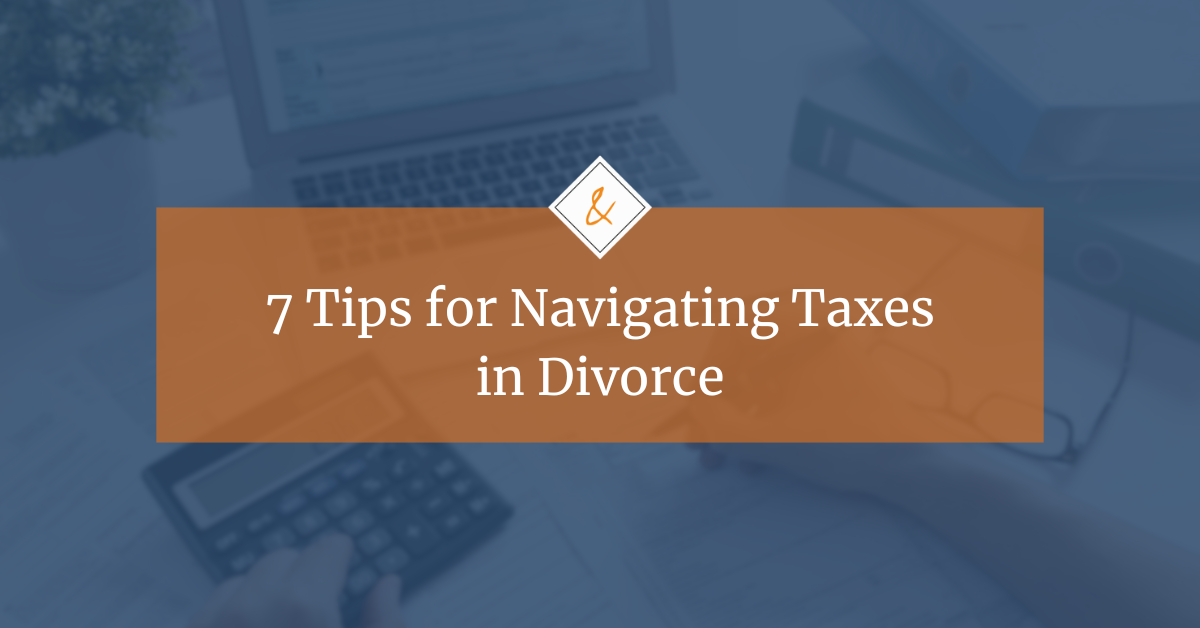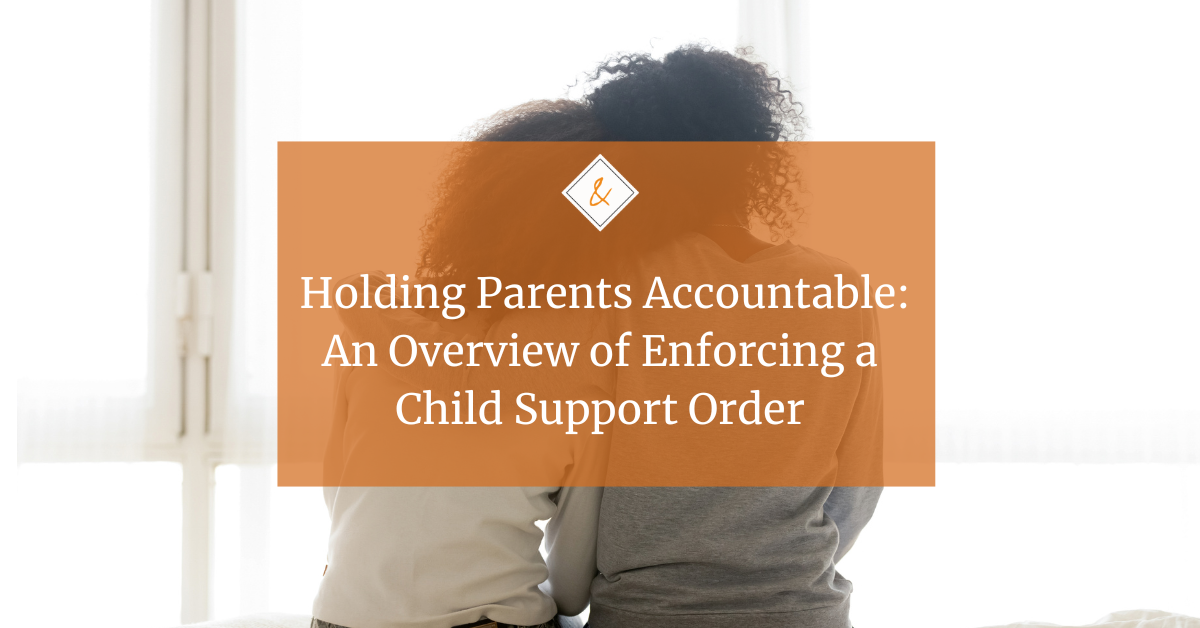In this new age of technology, parents have the ability to locate and track their children’s whereabouts in a multitude of ways. While this certainly has benefits for the children’s safety and the parent’s sense of security, in non-intact families this can also raise major issues between parents. In custody cases, courts are often asked to decide between one parent’s desire to locate a child with another parent’s desire for privacy during their custodial time. Where do we draw that line? So much will turn on the history of the parents’ relationship, the age of the children, the specific technology being requested, and more.
There are a handful of tech items that are frequently requested in custody cases. First, and most obvious, is the “Find My” function on iPhones, which permits parents to link their cell phones to the child’s cell phone and receive constant information on where the child’s phone and, more often than not, the child are located at any given moment. Similarly, I-watches can serve the same purpose.
Many parents use the Life360 application, which can track children in real time, even giving parents information on how fast the child is driving in a car, and providing a car accident detection alert. However, Life360 is a paid application and can also show information on the parents’ location, in addition to the children’s location.
For younger children, some parents use less advanced smart watches, like a Gabba watch, that provides location tracking services and the ability for the child to call one or two select adults, while not giving the child access to all of the technology of a full smart watch.
For parents looking just for tracking without any frills or, in many cases, without the children knowing they are being tracked, Apple air tags and other portable tracking devices can be put into a child’s backpack or a baby’s diaper bag.
From one perspective, these items can be helpful tools to ensure a child’s safety. Being able to track a child in real time, especially a child moving between houses on a shared custody schedule, or a teenager who is driving himself or herself to and from school, can give parents much needed information to ensure their children are safe and where they are meant to be. Providing children the independence of having autonomy, while also keeping a technological eye on them, is a great tool for parents.
However, when does this tracking become nefarious? For younger children, who are not left alone, any tracking device locating the child will, by default, be tracking the other parent. While parents have the right to know what is going on with their children, they do not have the right to get minute-by-minute location of the other parent. Especially in cases where there is a history of domestic violence or prior stalking issues, these devices can be dangerous.
So what to do? For many of the items, you can turn them off while the children are in your custody. Phone apps like “Find My” or Life 360 can be switched off while the children are in your care. Leave air tags or location devices at home during your custodial time. Have conversations with your co-parent about boundaries with location services and when they will be active or disabled. If you are concerned for your own safety because you believe you are being stalked or harassed, seek help from the court or the police. Ultimately, you have to find the balance between your children’s safety and your own safety and privacy.


